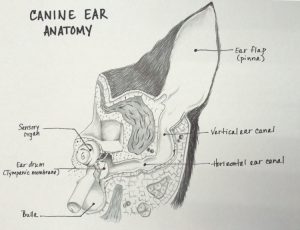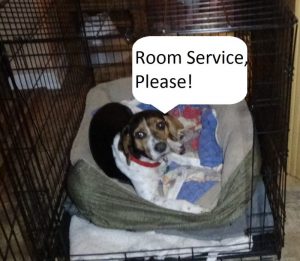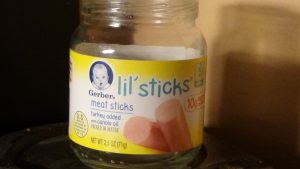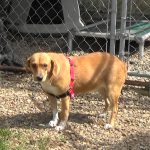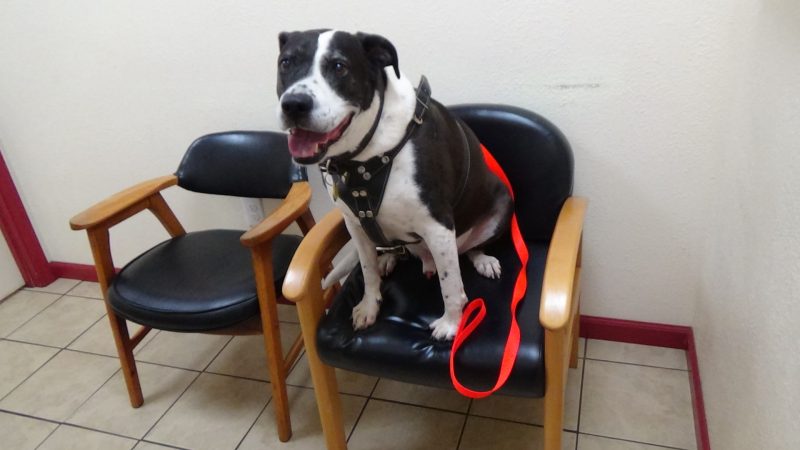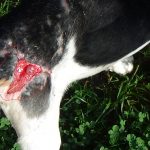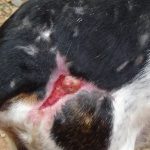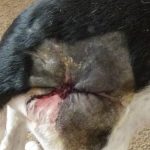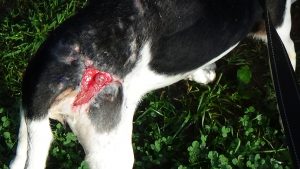Originally published Dec. 12, 2017

One of my Fosters, Ricky, has been producing bloody diarrhea since Thursday. I took him to the vet today. It was complicated, but the simple version is he has Hookworms. He’s now on an antidiarrheal, antibiotics, and a wormer. And because hookworms are quite contagious, I’ll be worming ALL seven of the dogs for the next three days just to be safe. There are two standard medications for this: Panacur and Safe-guard.
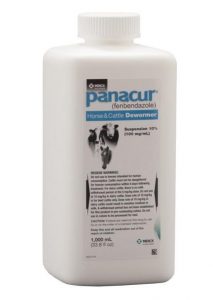 Panacur comes as a liquid (suspension) or pills. A liter of Panacur liquid costs around $130.00 and is available only through vet supply outlets. I have also used Panacur paste for equines, but this is difficult to get the proper dose measured out for dogs. The dispenser is graduated in increments of 250 pounds up to 1000 pounds. Setting up the dispenser for an 80 pound dog is educated-guesswork. A 30 pound dog is hopeless.
Panacur comes as a liquid (suspension) or pills. A liter of Panacur liquid costs around $130.00 and is available only through vet supply outlets. I have also used Panacur paste for equines, but this is difficult to get the proper dose measured out for dogs. The dispenser is graduated in increments of 250 pounds up to 1000 pounds. Setting up the dispenser for an 80 pound dog is educated-guesswork. A 30 pound dog is hopeless.
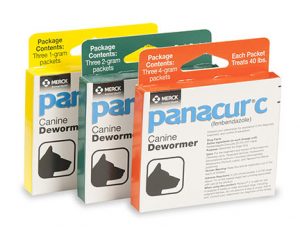 The pills in boxes of three and in sizes for 10 pounds, 20 pounds, and 40 pounds. If your dog is bigger than 40 pounds, you combine boxes to get close to the right weight. Most places that sell pet medications have the pills and they run $7.00 to $15.00 per box. I figured I’d need 16 boxes to give seven dogs of various sizes three doses each.
The pills in boxes of three and in sizes for 10 pounds, 20 pounds, and 40 pounds. If your dog is bigger than 40 pounds, you combine boxes to get close to the right weight. Most places that sell pet medications have the pills and they run $7.00 to $15.00 per box. I figured I’d need 16 boxes to give seven dogs of various sizes three doses each.

